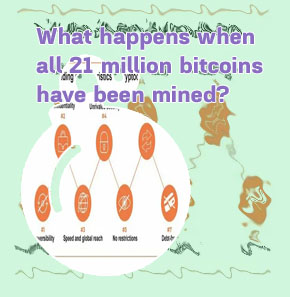What happens when a cryptocurrency reaches max supply
- Crypto exchange
- Price of bitcoins in usd
- Staking crypto
- Best crypto buying platform
- Binance bitcoin
- Crypto debit card
- Bitcoin price cad
- Crypto and taxes
- Coinbase cryptocurrency prices
- Bitcoin historical price
- Create cryptocurrency
- How is crypto taxed
- Crypto com referral
- Cryptocoin com coin
- Cryptocurrency bitcoin price
- Best crypto app to buy dogecoin
- How much to buy dogecoin
- Bitcoin converter
- Crypto com not working
- Bit price
- Crypto november
- Buy crypto card
- Crypto fees
- What is dot crypto
- Bitgert crypto price
- Bitcoincom exchange
- What the hell is bitcoin
- Btc vs dollar
- Apps cryptocurrency
- Current eth gas price
- Crypto login
- Buy and sell bitcoin
- Where to buy ethereum
- Best crypto broker
- Highest bitcoin price ever
- Wallet for crypto
- Cryptos
- How much bitcoin should i buy to start
- How to use crypto
- Dogecoin price today
- Btc converter to usd
- Crypto earn
- Dogecoin calue
- Crypto interest
- Bitcoin in circulation
- Eth to usd
- Top cryptos
- Doge crypto
- How much is 1eth

Competition and Bitcoin's Price
Additionally, there have been rumors that Tether (USDT 0.00%), the biggest stablecoin by market capitalization, may eventually fail and de-peg from the dollar. Tether has repeatedly failed to open its books and disclose precisely what assets are backing its $91 billion stablecoin. After watching a handful of other stablecoins fail to hold their peg to the U.S. dollar, the downfall of Tether, although playing a key role in the DeFi sector as well as crypto trading on decentralized exchanges, could be crypto's black swan event of 2024. Bitcoin float Transactions are the most important part of the bitcoin system. Everything else in bitcoin is designed to ensure that transactions can be created, propagated on the network, validated, and finally added to the global ledger of transactions (the blockchain). Transactions are data structures that encode the transfer of value between participants in the bitcoin system. Each transaction is a public entry in bitcoin’s blockchain, the global double-entry bookkeeping ledger.